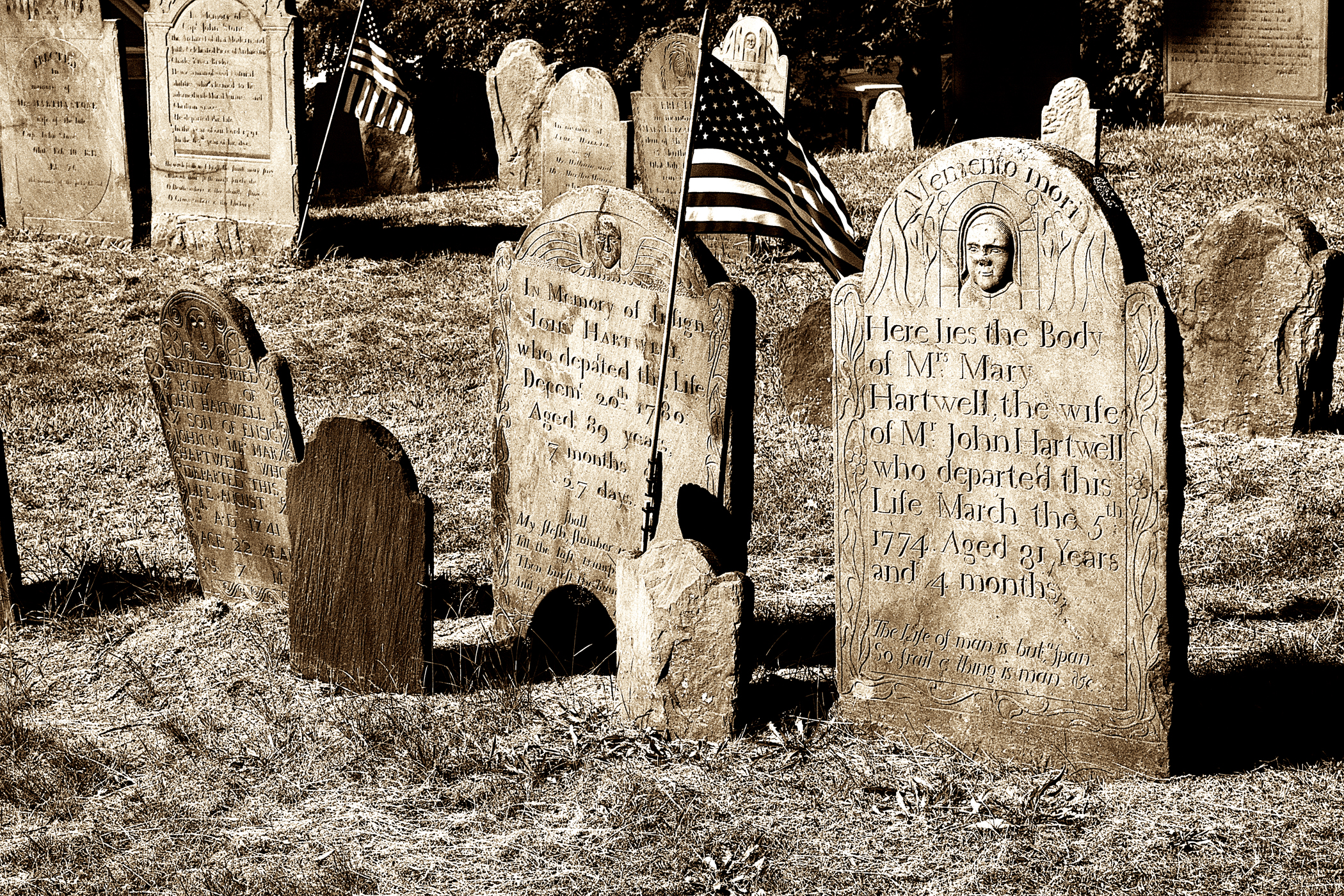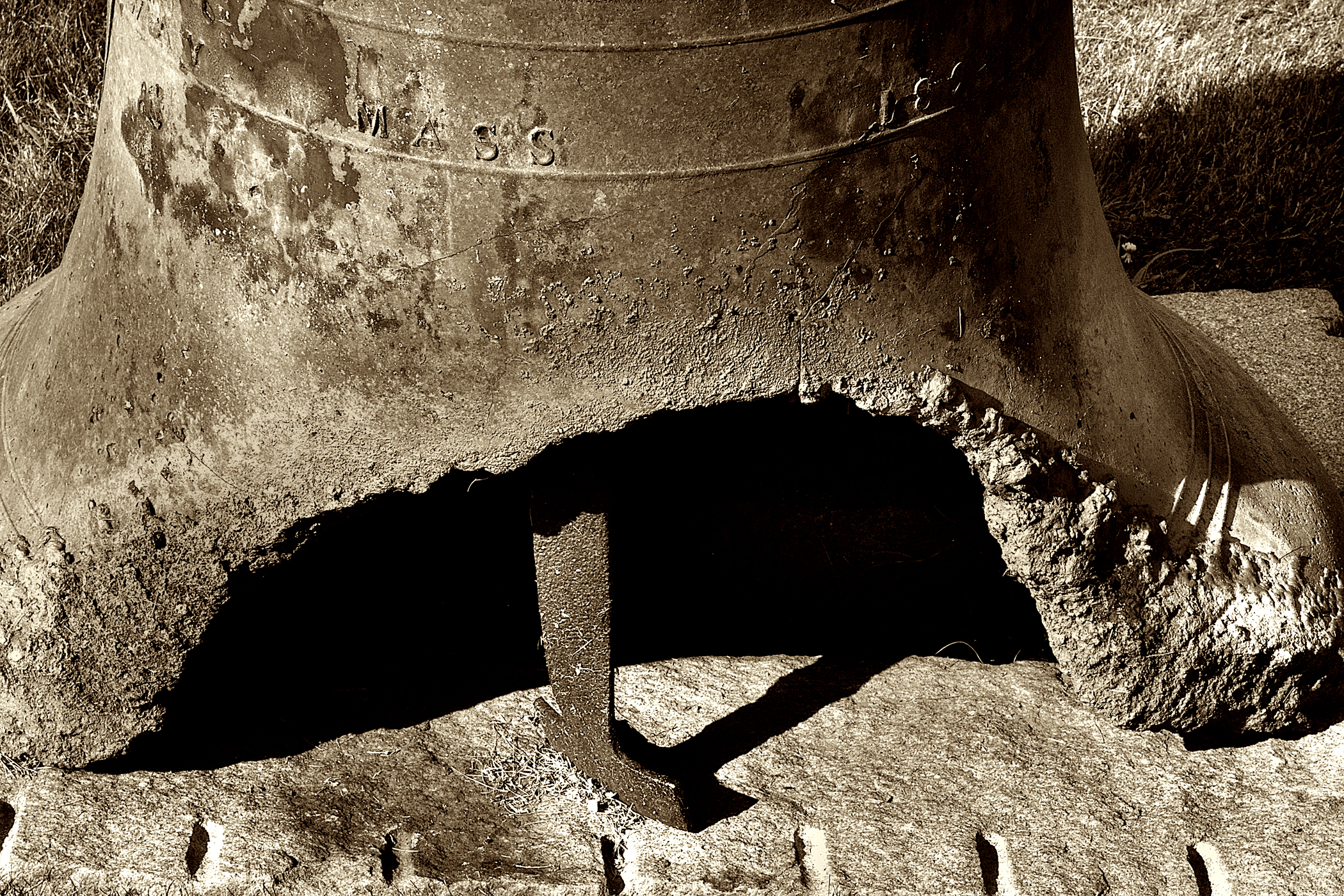
Eighteenth century graves of the Hartwell Family, Old Hill Burying Ground, Concord, MA, (c) DE Wolf, 2013.
It is a sobering thought, but I just realized that I first visited historic Concord, MA almost fifty years ago. At that time, inspired by Disney’s version of “Johnny Tremain,” I fell in love with the town. Here and Lexington are where the American Revolution began, and as a result they both remain very special places.
This Saturday afternoon I decided that I would explore the path over the Mill Brook and then climb up to the top of the “Old Hill Burying Ground.” This is Concord’s oldest cemetery. Like much of the area, Concord and its surrounds are dominated by glacial features. The “Old Hill Burying Ground” is built on a glacial drumlin. A drumlin is a hill built up by the pebbly debris left behind by a glacier. Because of its composition and exposure the “Old Hill Burying Ground” was the first place to thaw in spring. As a result bodies stored over the winter could be buried as soon as possible.
I think that this particular photography excursion, while not a failure, was not one of my best. But what I’ve discovered is that every session is a learning experience. Provided that you focus on the photographic process, on exposure, lighting, and composition; and then subsequently on the process of working the images up on your computer, you’re going to learn something. And not the least of these is how to use your equipment and how not to make mistakes, or which mistakes can be the most fortuitous.
I took several pictures from the top of the hill, which commands a really lovely and interesting view of the town. I rejected photographing the powder storage building atop the hill. Most of the pictures that I took, I wound up unhappy with – not that unusual. An image of the Hartwell family graves turned out reasonably well both in terms of composition and dynamic range. It certainly captures what the cemetery is like and the nature of the late eighteenth century New England gravestones.
Wandering down the hill and across Lexington Road I discovered the remains of an old and broken church bell in front of the First Parish church. Despite numerous trips to Concord, I have never noticed this before. Its textures, coloration, and failed repairs seemed interesting, and I took a few pictures. I cannot say that I reach what I would consider a perfect composition. The mid afternoon light was probably way too direct and intense to create what I was really looking for; so I am going to have to revisit this sight and try again.
Finally, I went to meet my wife on Walden Street, and my eye caught sight of a slinky manikin in front of “Concord Lamp and Shade” store. She was a brilliant red and wore a lamp shade on her head. It seemed a fitting contrast between the old Concord and the new Concord.


